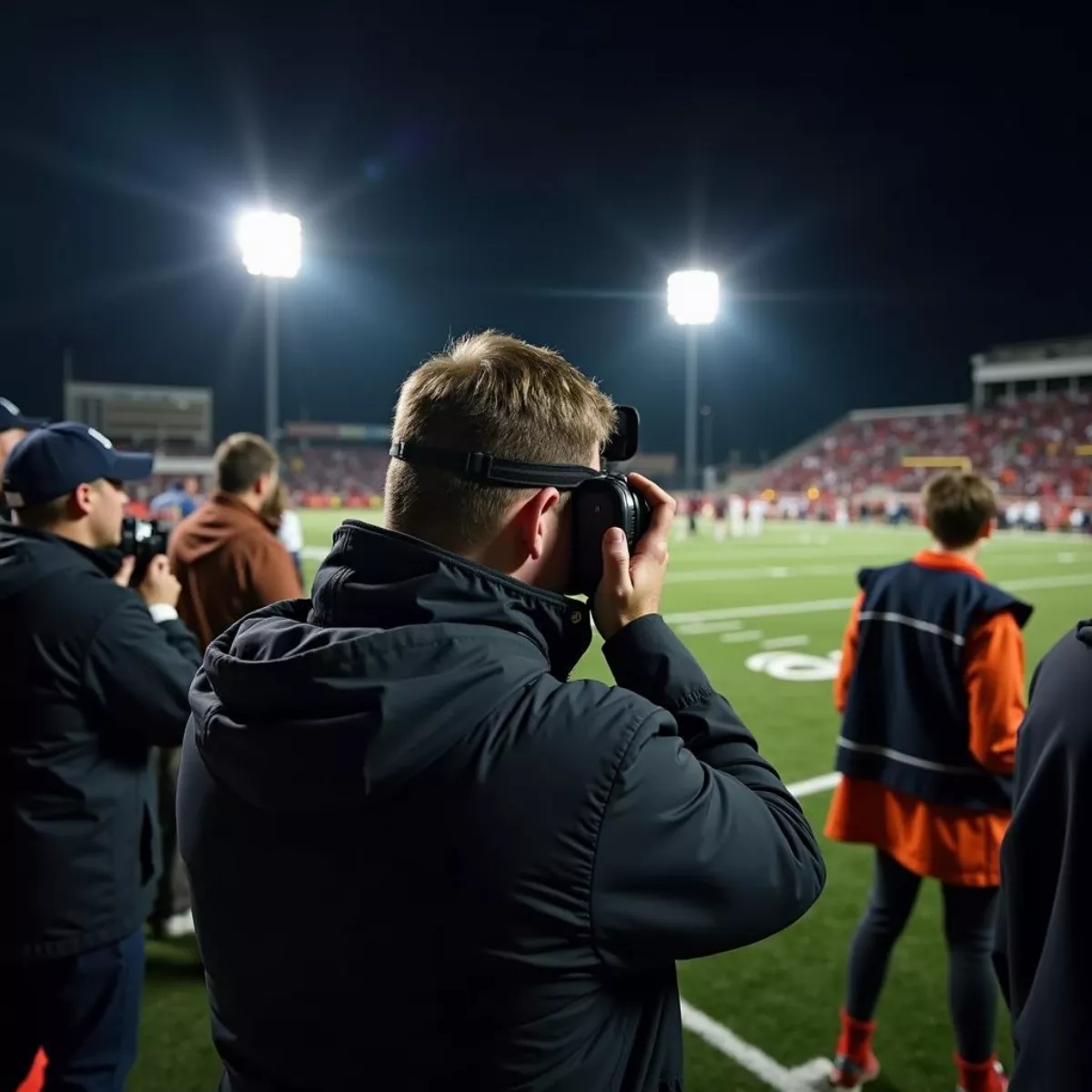As a professional in sports photography and journalism, stringers play a pivotal role in capturing and reporting the action from the sidelines. These individuals are often freelancers who provide crucial content to various media outlets, ranging from newspapers to online platforms. But just how much do stringers make per hit? In this article, we’ll explore the financial landscape for stringers, including factors influencing their earnings, tips to increase pay per hit, and more.
What is a Stringer?
Before diving into their earnings, it’s essential to clarify what a stringer is. Stringers are freelance journalists or photographers who provide newsworthy content, usually on an as-needed basis. They often cover local events, sports, and breaking news, supplying information to larger outlets that may not have the resources to cover every story in-house.
Earnings Breakdown: How Do Stringers Get Paid?
Stringers typically earn income on a per hit basis, meaning they get paid for each story or piece of content they deliver. However, several factors can influence their earnings:
- Type of Content: The complexity and demand for the content can significantly affect pay. For instance, a high-stakes sports game might pay more than a local high school football match.
- Media Outlet: Larger media organizations often have bigger budgets and can afford to pay more than community newspapers or niche websites.
- Experience and Reputation: More experienced stringers with strong portfolios can command higher fees.
Industry Averages
Here’s a rough overview of what stringers can expect to earn per hit:
| Content Type | Average Pay Range |
|---|---|
| Local Sports | $50 – $200 per hit |
| Professional Sports | $100 – $500 per hit |
| Photography | $100 – $300 per image |
| Features/Articles | $150 – $400 per piece |
These figures can vary based on location and specific contracts.
 Stringer covering a local sports event
Stringer covering a local sports event
Factors Influencing Stringer Earnings
To understand better how much stringers make per hit, let’s look at some key influencing factors:
- Location: Major metropolitan areas often provide higher pay rates compared to rural areas. For example, a stringer in New York City might earn significantly more than one in a small town.
- Event Importance: Coverage of high-profile events (like the Super Bowl or World Series) tends to attract higher fees due to the audience and demand.
- Client Relationships: Building strong relationships with editors and media outlets can result in consistent work and potentially increased pay.
- Delivery Speed: Stringers who can quickly and effectively deliver content are often preferred and may command more for their speed and reliability.
- Quality of Work: The better the stringer’s skills in storytelling and photography, the more demand there will be for their content.
Tips to Increase Earnings as a Stringer
While understanding the average pay provides a good foundation, here are some actionable tips stringers can follow to increase their earnings:
- Diversify Content Types: Instead of only covering sports, consider expanding into features, news stories, or photography to attract various clients.
- Enhance Skills: Invest time in improving your photography and writing skills. Online courses and workshops can offer valuable training.
- Network: Engage with editors and other professionals at events. Networking can lead to additional assignments and higher-paying gigs.
- Invest in Quality Equipment: The better your equipment, the higher quality your work will be, increasing your chances for repeat business and referrals.
- Create a Portfolio: A well-organized portfolio showcasing your best work can impress potential clients and justify your rates.
 Stringer editing photos on laptop
Stringer editing photos on laptop
Real-life Examples of Stringer Earnings
While it’s challenging to lump every stringer into the same paycheck category, here are a few real-life examples (anonymized) of what stringers have reported earning:
- Local Sports Stringer: A stringer covering a high school football game reported receiving $150 for a game recap and photos, with the local paper using her content for both print and online.
- Professional Sports Event: A seasoned photographer who covered a major league baseball game received $500 for high-quality images, showcasing her extensive experience in the field.
- Freelance Journalist: A stringer writing a feature article for a regional magazine earned $300 for a well-researched piece that took several days to complete.
These examples illustrate the wide range of earnings possible in stringing.
Maintaining Consistent Income
While many stringers embrace the freelance lifestyle, it can lead to income variability. Here are a few strategies to help maintain a more consistent income:
- Establish Retainer Relationships: Some stringers secure long-term contracts with specific outlets, ensuring steady income.
- Maintain a Regular Schedule: Consistent work habits and availability can lead to increased opportunities.
- Utilize Social Media: Promote your work effectively on platforms like Instagram and Twitter to attract new clients and showcase your projects.
 Stringer networking with other photographers
Stringer networking with other photographers
Key Takeaways
- Stringers can make anywhere from $50 to $500 per hit, depending on several factors including the media outlet, content type, and experience level.
- Location and relevance of the event are as critical as the stringer’s relationship with the client when determining earnings.
- Building a strong portfolio, enhancing skills, and networking are vital strategies for increasing income as a stringer.
Frequently Asked Questions (FAQs)
1. How do stringers find work?
Stringers usually find work through networking, job boards, and pitching stories to local and national outlets.
2. Do stringers work alone?
Yes, stringers typically operate independently, although they can collaborate with photographers or other contributors.
3. Can stringers work full-time?
While many stringers work part-time or freelance, some can secure enough consistent contracts to work full-time.
4. What types of stories do stringers cover?
Stringers can cover a wide variety of stories, including local events, sports, breaking news, and feature articles.
5. Do stringers need formal education?
Formal education is not strictly necessary, but training in journalism or photography can be beneficial.
6. Is there career growth potential for stringers?
Yes, stringers can grow their careers by building strong relationships, improving their skills, and establishing a reputation for reliability.
7. How can a stringer increase their pay?
Stringers can increase their pay by diversifying their skills and content types, maintaining high quality, and building strong client relationships.
8. What happens if a stringer doesn’t get paid?
In such cases, stringers should first communicate directly with the client or media outlet. If issues persist, they may need to seek legal assistance.
9. What should stringers include in their portfolio?
A portfolio should showcase a range of high-quality work, including different types of stories, photography, and writing styles.
10. How do stringers report earnings for tax purposes?
Stringers operating as freelancers must report their earnings accurately and can often deduct relevant expenses related to their work.
With a comprehensive understanding of how much stringers can make per hit and the various factors affecting their income, you are now better equipped to navigate this exciting and dynamic field. Whether you’re a budding stringer yourself or simply interested in the mechanics of freelance journalism, hopefully this article has provided valuable insights!